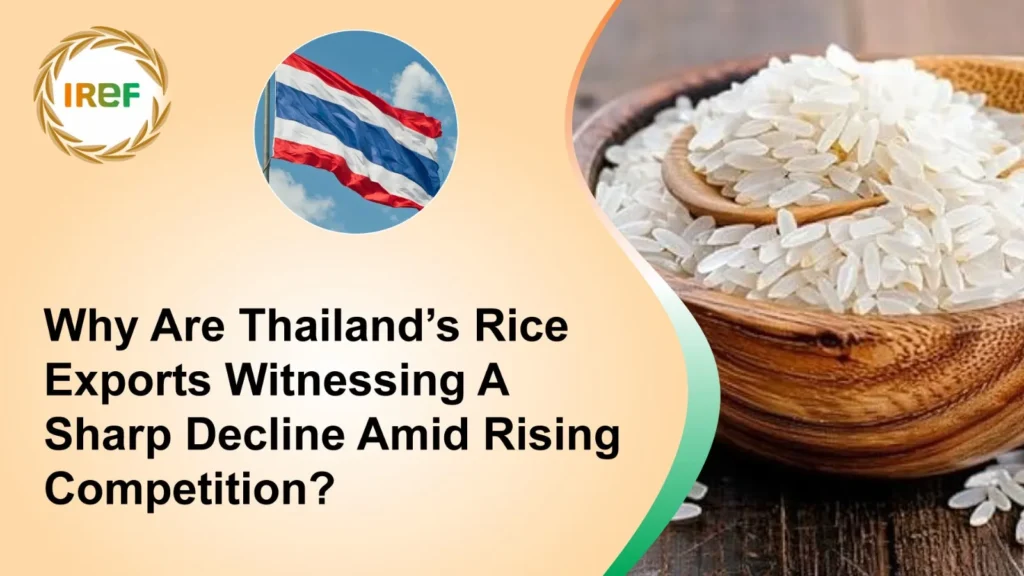According to a report from the Foreign Agricultural Service (FAS) of the US Department of Agriculture, Thailand’s rice exports have witnessed a sharp decline this year amid rising competition and currency headwinds. Consequently, it has weakened price competitiveness.
Reasons behind the decline in Thai rice exports
The report published on Sept 3, also mentioned that Thailand’s year-to-date rice exports as of Aug. 17 totalled 3.87 million tonnes, reduced 26% from 5.29 million tonnes during the same period a year ago. As a result, Thailand has lost its position as being second-largest rice exporter and has become third among the world’s rice-exporting countries behind India and Vietnam. India’s aggressive pricing and lower demand from key buyers, including Indonesia and the Philippines, have caused a fall in Thai rice exports
The report further noted that the Thai baht’s fluctuation has weakened price competitiveness, whereas, according to the industry sources, US tariff changes added price volatility to the premium jasmine rice segment. Farmers are earning less income as August farmgate prices for major paddy varieties reflected persistent downward pressure. These domestic paddy prices have remained low and exposed farmers producing non-premium grades to financial stress due to falling export prices, high production costs and decreasing export demand. The country’s government introduced the paddy rice price stability measures to cover up losses and stabilise production for the marketing year 2025-26 on August 19. In addition, it provides a total budget of 37.9 billion baht ($1.2 billion). Measures for 2024-25 off-season paddy rice price stability were budgeted at 7.3 billion baht ($226 million). Eligible households will receive 1,000 baht per rai ($4.9 per hectare), capped at 10,000 baht ($309) per household, as it covers more than 5.49 million registered rice farming households.



